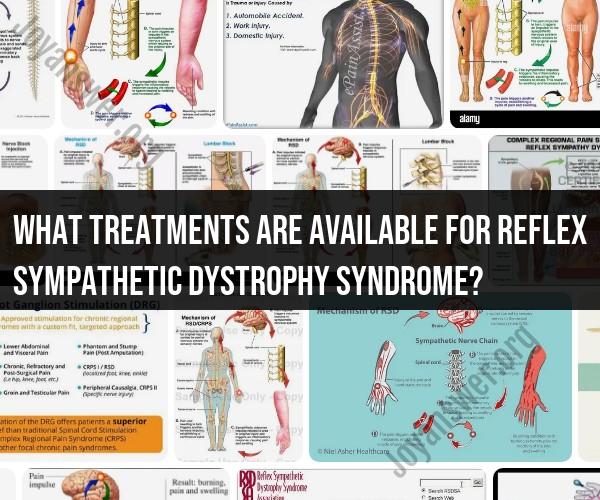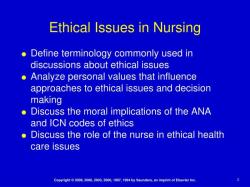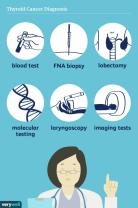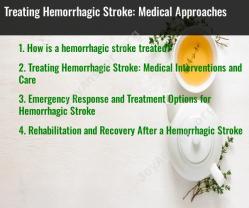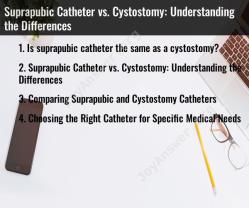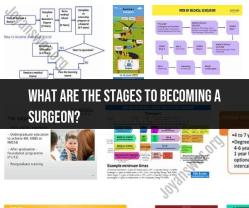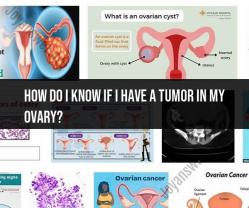What treatments are available for reflex sympathetic dystrophy syndrome?
Explore the various treatment options available for managing Reflex Sympathetic Dystrophy Syndrome (RSDS). In this comprehensive guide, we will delve into the different approaches that can help alleviate symptoms and improve the quality of life for those affected by this condition.
1. Introduction to Reflex Sympathetic Dystrophy Syndrome (RSDS)
Understand the basics of RSDS, its causes, and how it affects the body's nervous system. Learn about the primary symptoms and the challenges individuals with RSDS face in their daily lives.
2. Medical Interventions
Explore the medical interventions available for treating RSDS. Learn about pain management techniques, medications, and therapies prescribed by medical professionals to control pain and inflammation.
2.1 Medications
Discover the different types of medications used to manage RSDS symptoms, including analgesics, anti-inflammatory drugs, and neuropathic medications.
2.2 Nerve Blocks
Learn about nerve block treatments that can provide temporary relief by interrupting pain signals. Understand how these procedures work and their potential benefits.
2.3 Physical Therapy
Explore the role of physical therapy in RSDS treatment. Understand how specialized exercises and therapies can help improve mobility, strength, and overall function.
3. Sympathetic Nerve Stimulation
Discover how sympathetic nerve stimulation techniques, such as spinal cord stimulation, can provide relief from chronic pain associated with RSDS. Learn about the procedure and its potential benefits.
4. Psychological and Emotional Support
Understand the importance of psychological support in managing RSDS. Learn about techniques such as cognitive-behavioral therapy, mindfulness, and counseling that can help individuals cope with the emotional challenges of the condition.
5. Alternative and Complementary Therapies
Explore alternative therapies such as acupuncture, chiropractic care, and herbal remedies that some individuals find beneficial in managing RSDS symptoms. Understand the potential risks and benefits of these approaches.
6. Lifestyle Modifications
Learn about lifestyle changes that can contribute to better symptom management. Explore the role of stress reduction techniques, balanced nutrition, and exercise in improving overall well-being.
7. Seeking Multidisciplinary Care
Understand the importance of a multidisciplinary approach to RSDS treatment. Learn how collaboration between medical professionals, therapists, and mental health experts can provide comprehensive care.
8. Research and Emerging Treatments
Discover ongoing research and innovative treatments in the field of RSDS. Stay informed about potential breakthroughs that may offer improved treatment options in the future.
9. Creating a Personalized Treatment Plan
Explore how individuals with RSDS can work with their healthcare team to develop a personalized treatment plan. Understand the importance of tailoring treatments to each individual's unique needs and circumstances.
10. Conclusion
Navigating treatment options for Reflex Sympathetic Dystrophy Syndrome requires a comprehensive approach that addresses both the physical and emotional aspects of the condition. By exploring various interventions and working closely with healthcare providers, individuals with RSDS can find effective strategies to manage symptoms and improve their quality of life.
